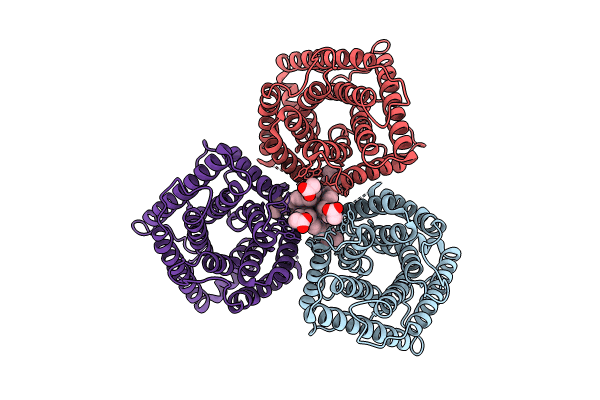
Deposition Date
2023-04-12
Release Date
2023-11-22
Last Version Date
2023-11-29
Entry Detail
Biological Source:
Source Organism:
Arabidopsis thaliana (Taxon ID: 3702)
Aequorea victoria (Taxon ID: 6100)
Aequorea victoria (Taxon ID: 6100)
Host Organism:
Method Details:
Experimental Method:
Resolution:
3.84 Å
Aggregation State:
PARTICLE
Reconstruction Method:
SINGLE PARTICLE


